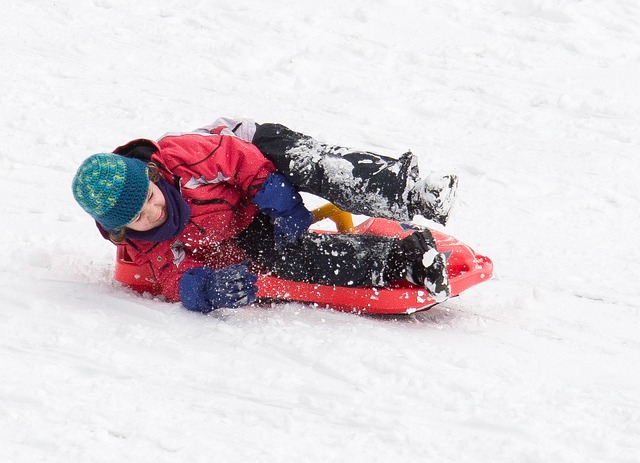4.2 The Principle of Action and Reaction
Hey, have you ever wondered why you zoom down the hill so fast when sledding? Sure, gravity and all that. But what exactly is happening there? Physics! Newton's third law, also known as the reaction principle, explains the force behind it. Isaac Newton himself said: "Actio et reactio sunt inter se actiones contrariae et aequales." Which means: Action and reaction are equal and opposite

As soon as one body exerts a force on another, there is simultaneously an equally large, but oppositely directed, counterforce. When sledding, you push yourself off the snow with your feet (action). The snow simultaneously pushes back against your feet with the same force (reaction). This counterforce accelerates you forward.
Without the counterforce of the snow, you would simply sit on the sled. The force of your feet would push into the air. Similar to trying to walk on ice: you slip because there is no sufficient counterforce.
- When swimming: You push the water backwards (action), the water simultaneously pushes you forwards (reaction).
- When trampolining: You push the trampoline down with your feet (action), the trampoline simultaneously pushes you upwards (reaction).

- The direction of the forces: The action force and the reaction force are always oppositely directed.
- The magnitude of the forces: The action force and the reaction force always have the same magnitude.
- The point of application of the forces: The action force and the reaction force always act at the same point.
Newton's third law is a fundamental law of physics! It explains how we move, jump, and do all the things we do in everyday life. So, the next time you go sledding or trampolining: Think about Newton's third law and thank the snow or trampoline for the great counterforce!
- What are other examples of force pairs in everyday life?
- Design an experiment to demonstrate the reaction principle.
- Write a short story in which the reaction principle plays an important role.